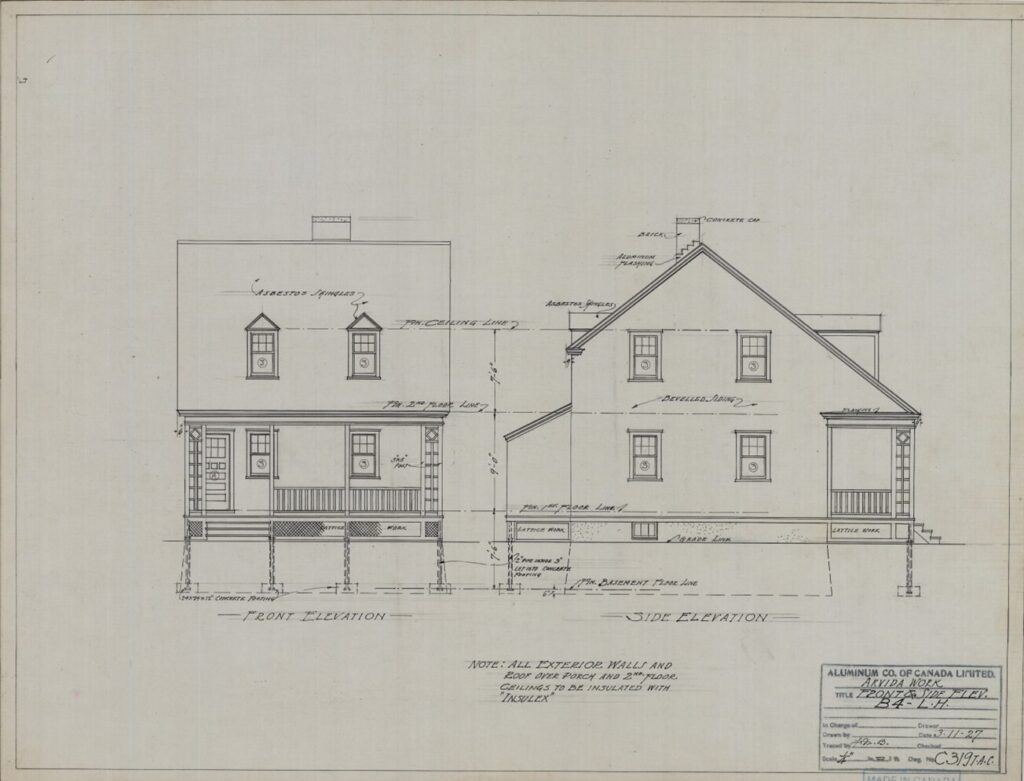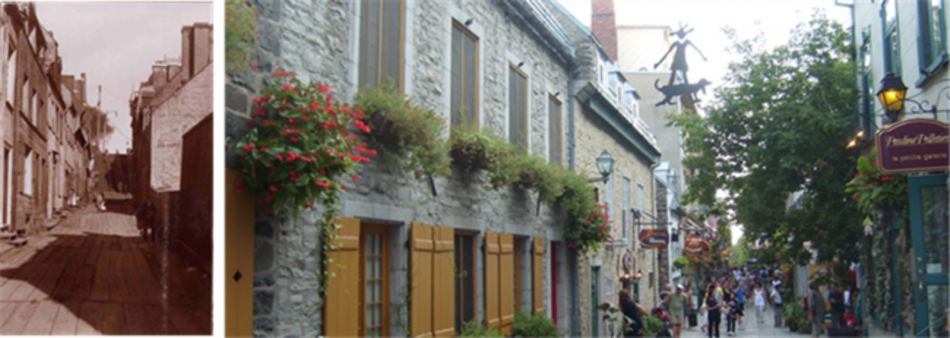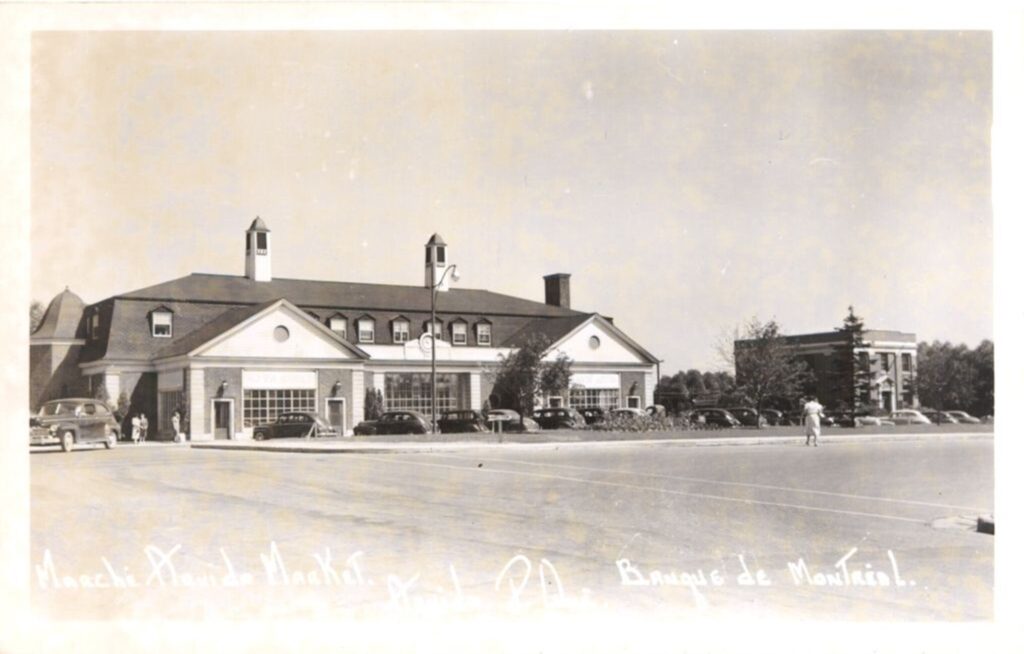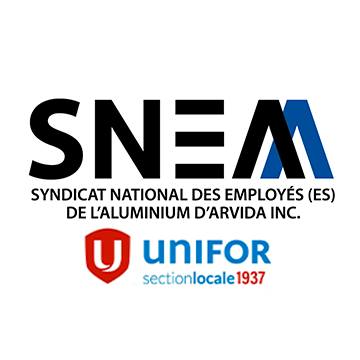Renovation, Restoration, and Promotion
Discover practical and useful content on this page to guide you in your projects.
Renovate, Restore, or Buy New?
- Short-term savings rarely equal long-term results.
- Current trends may be fleeting, influenced by aggressive marketing, and may not always be the right choice for your renovation projects.
- The history of your house gives it personality and character. This history should be a significant source of inspiration for your renovation projects and should guide your decisions.
The quality of the built environment does not always lie in the suggested solutions for the developement of newer city districts. In addition to exacerbating urban sprawl issues, these developments represent very few of the many characteristics necessary for achieving a successful outcome in terms of development quality. Therefore, it is up to citizens to ensure their well-being through awareness and sensible interventions in their architectural and urban environment.

Importance of Built Heritage
Cultural heritage transmitted through built heritage illustrates, in the most expressive way, the history of human civilization. It is quite challenging to find a mode of expression, an art, a medium that can provide as much information as this about the identity of a community over the centuries. Because one of the intrinsic qualities of the buildings that keep us sheltered is being sustainable, they constitute eloquent testimony to past pratice and habits.
While some constructions defy time and retain their beauty over decades and centuries, it is up to us to preserve, maintain and cherish the remnants of the past to be able to enjoy them in present and future days. Technical and technological means at our disposal endanger old buildings due to the speed and extent of urban sprawl. In just a few weeks, not to say a few days, an entire complex of heritage buildings can be demolished for the said benefits of new constructions.
It is essential to commit ourselves to preserving some of these past architectural designs. Our community must reach a consensus regarding the valuable elements of the past in order to honor them in our contemporary developments. Not only is it about avoiding destruction but also designing new constructions in a way that respects the integrity of what we decide to keep. In a heritage community, the environment should be the primary consideration for the installation, volume, materials, and colors of new constructions, not just the selfish intent of a developer or designer.

Everyone is aware that heritage treasures attract crowds, and places with beautiful old buildings often display a particular dynamism, generating considerable tourist traffic. In North America, and especially in Quebec, we sometimes experience inferiority when compared to the gems of old European cities that have preserved their ancient charm. This feeling has often led us to give only moderate importance to the architectural landmark of our brief history. However, preserving a building from 1877 serves to build our history, identity, and a balanced, comfortable living environment.The fact that a building is only 50 years old and may seem outdated is not a justification for neglecting it or, worse, demolishing it. It is true that throughout history, some buildings have been constructed without value or expertise, and they probably deserve less attention. In such cases, these structures deteriorate quickly, after a few decades, from exposure to wind and bad weather due to their design flaws. On the other hand, carefully designed constructions are not always spectacular which contributes to the risk of demolition, under the pretext of a desire for renewal or trends.
In conclusion, a community that constantly renews itself, starting over on every occasion, cannot build a tangible history and is prone to make the same mistakes while remaining without identity. Fortunately, such a scenario is highly unlikely. Nonetheless, a remote community with a very young history and a constant desire to follow modernity faces this type of threat.


Photographic Sources:
- Arterome Guided Visit of Rome and the Vatican with an official guide in French: http://www.arterome.com/2013/01/civilisation-romaine/ (French)
- Itinerarium Donner du sens à votre itinéraire (Giving meaning to your itinerary): http://www.itinerarium.fr/le-scandale-de-la-destruction-de-leglise- de-geste/ (French)
- L’esprit du lieu: Québec. Images du patrimoine de la Capitale: http://www.espritdulieu-quebec.ulaval.ca/?cat=10 (French)
- Mafflu et Rougay BlogSpot: http://maffluetrougay.blogspot.ca/2012_08_01_archive.html (French)
– A text by Martin Simard
Notions of heritage
What is heritage?
Any material or immaterial object or collection, imbued with recognized meanings, adopted and collectively passed down, falls within the definition of heritage. For a property to be considered of heritage value, it is essential that it refers back to a more or less recent past. One cannot construct a heritage building; it is the passage of time that bestows this characteristic upon it.
On the one hand, this element must hold significance for the community and contribute to its identity. For instance, heirloom furniture passed down through generations becomes part of a family’s heritage. Such an inheritance, carrying memories of childhood and evoking an individual’s personal history would be invaluable and irreplaceable.
On the other hand, to assess a property’s heritage value, it must be deserving of preservation. City centers are generally rich in terms of heritage, and this heritage typically serves them well as it strongly contributes to emphasizing their identity – what sets them apart and characterizes them. Downtown areas that honor and showcase their heritage enjoy a distinct vitality, benefiting commerce, housing, and tourism alike.
– A text by Martin Simard

Annual reports
Annual report 2023
- Annual report 2022-2023 (French)






